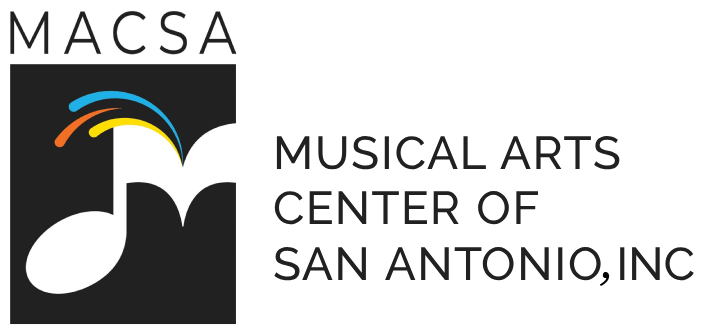Summary
Ken is on a mission to save classical music. His story is a testament to how long-term focus on one mission can have incredible results. About 20 years ago he opened the Musical Arts Center of San Antonio, a music school which, at the time of this recording, had 1,125 students and 39 teachers.
In this episode, Ken talks about how his school came to be so large and how figuring out a viable financial model for his business was critical to being able to provide sustainable careers for his teachers.
Takeaways
Musical Arts Center of San Antonio (MACSA) started 19 years ago and has grown to include two locations, 45 employees, 39 of which are teachers, and 1125 students. Unlike many music schools of its scale, MACSA is a for-profit music school.
It is important to manage time to allow for long-term planning in order to reduce those little emergencies that happen on a daily basis..
Ken is focusing on improving employee culture and student culture to deepen relationships within the studio.
Ken still conducts preliminary interviews with help from his directors, but has others handle onboarding. He’s also working to transition into a systems based organization, rather than having one person who completes particular tasks, to create a sustainable and eventually scalable business.
Paying music teachers an appropriate salary and saving classical music are two factors Ken keeps in mind when making decisions. He recognized that students get a lot of support when they’re young, but when they grow up and complete their music degrees, they don’t have the business understanding to be successful. He wanted to provide a studio for teachers who aren’t employed by a university to have a sustainable middle class lifestyle and find fulfillment through teaching.
To provide a teaching experience similar to a university, Ken wanted to provide a really nice facility with grand pianos and soundproofing. To achieve this he started small with a few teachers who brought their own students and he provided the space.
Since so much of the MACSA’s student tuition goes directly to teacher’s salaries, Ken knew his studio would have to be big. The studio concept had to be somewhat duplicatable, but still effectively provide great lessons to students.
Opening a commercial establishment brings about a different level of expectations from students, parents, and employees. Although you may initially receive more respect teaching in a larger studio rather than out of your home, expectations about services, communication, and other business aspects change. The challenge is having the finances to meet these expectations in order to keep students and teachers at your studio.
Ken noticed that clients can run under the assumption that his studios are non-profits when they are actually for-profit. This makes payment collection critical, but also challenging when payors don’t realize there aren’t additional funds to pay teachers and studio costs.
With a large studio it is also a challenge to make sure the questions are answered similarly, regardless of who is asked.
Ken did consider a non-profit business model when creating his studio. However, decided against it when he recognized that a board of directors would likely look at reducing teacher pay as a place to cut costs, especially if they compared their teacher’s salaries to those teaching at a local university. Because Ken wants MACSA’s teachers to make as much money as possible, a for-profit model was the right choice.
Ken also recognized that creating a non-profit music school would create competition for donations, and potentially reduce the strength of the arts community in San Antonio.
Proving that music teaching is a viable career option was important to Ken.
Ken recognized that with the addition of more staff and activities, a price increase was necessary. “Finances are the blood of business. You may have a great head in your business, you may have a great heart in your business, but if you don’t have blood you’re going to fail.” Don’t just charge what it costs to operate, base your charges on the value of what you’re providing and deliver far beyond what the client expects.
To build a sustainable studio, Ken suggests asking why you’re doing what you’re doing, as that’s what you’ll come back to when times are rough. For Ken, the goal of saving classical music helped a lot during the years he didn’t make anything.
For the teachers you employ, do you want your studio to be a place for short term employment or a place to build long term careers? This perspective will affect services, costs, and potential leadership models such as a co-op where one teacher is the main owner and the others share and owning and expenses. Of course, the primary owner should be compensated appropriately.
Ken plans to open more locations, hire more teachers, streamline process and communication, and promote the culture between students and teachers. His advice: Always be thinking ahead. Teach at a higher level than you’re being paid, but be paid well. If your studio is small, promote like it’s large and your thinking will be more efficient


